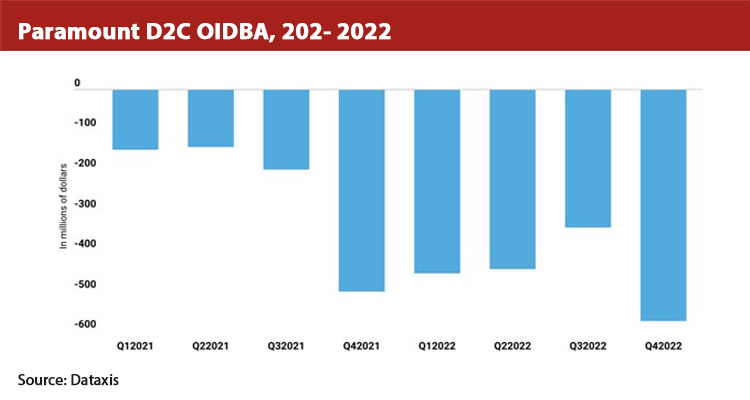By Laura Tapias VP, Americas & Spain at Applicaster
Streaming business is not only about launching it and taking a piece of the cake, it is about making long-term profits and generating sustainable growth, rather than achieving short-term gains.

Successful streaming services effectively meet the changing needs of their users by streaming new content and programming it in a way that will make the streaming service users happy.
As Brad Adgate said, the Streaming Wars is (I would say was) about streaming distribution and Investing in programming, but he was referring to investing in content acquisition. What about programming this content? Users are not good at discovering content in highly populated streaming service.
Back at the recent markets, such as Content Americas, there were two main trends of worry from streaming companies: how the immense amount of FAST channels (aka supposed fast monetization of content) will be found in the platforms that have more and more TV channels, and how to grow and avoid churn on the existing streaming platforms (aka supposed low monetization of content) due high maintenance costs and need of keeping a certain amount of audience engaged.
It is obvious already that FAST channels need some help from technology companies in getting organized inside the aggregators. We see streamers organizing them by category, in alphabetical order, by recently watched, but the experience of scrolling through the long list of FAST channels is still not as good as looking for channel 420 – as had been done in traditional TV-.
Not a surprise that companies like Paramount are already hiring content programming experts from linear as programming managers for Pluto TV.

Back at Natpe Streaming, Scott Ehrlich, from Sinclair Broadcast Group, enlightened me with the differentiation of content from the point of view of the consumer in a way I never thought about, dividing it by acquisition content and retention content. Although some could be both, the exercise of labeling the content like this makes easy the investment and ROI per content type.
And recently, Rick Cordella in his new role of President, Sports Programming, NBC Sports at Peacock, shared in his panel with Fred Santarpia how new users are acquired through sports content and retained with a more diverse set of entertainment programming.
The question today is: will AI become the new Head of Programming for the Streaming Services? It is starting to be tested with recommendations, and there are surely automated ways to program content in a streaming service, based on content consumption and behavior together with visual saliency that can program the new content though algorithms, and place this content in the most relevant place of the screen. My opinion here is that the expertise of a human being will be needed, as there are wider corporate strategies where AI is still not clever enough. Although I do believe AI is perfect to support the success of the new Head of Programming, Streaming Service role. There is a need of going back to do premiers, to surprise the audience and to promote and launch new movies, and new seasons together with the complete content premiere strategy, coordinated with the Theatrical (if there is), the licensing and merchandising (when relevant) and bring back this negotiations when signing a co-production or content acquisition and grant a better ROI for the much needed content creators.







